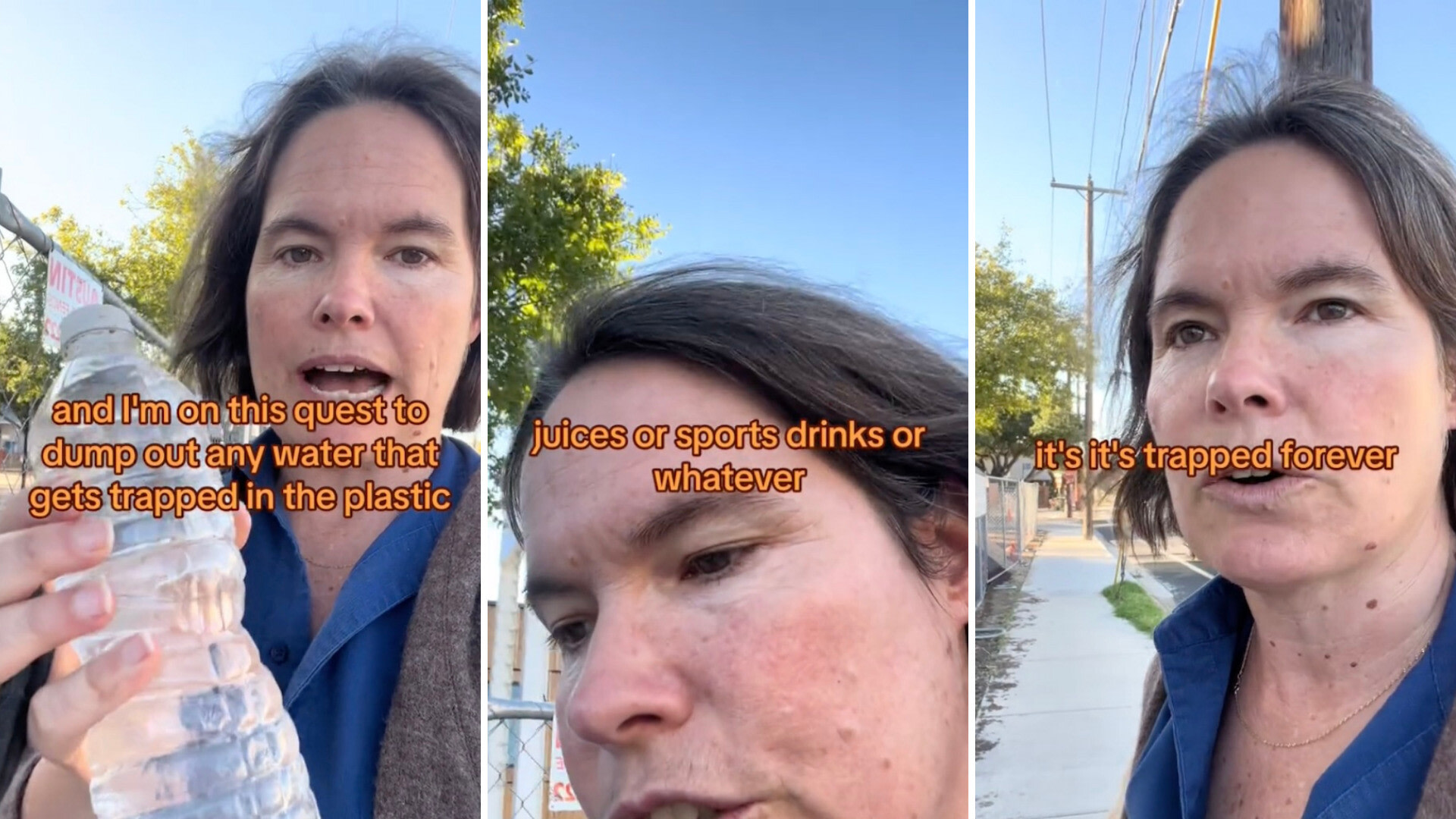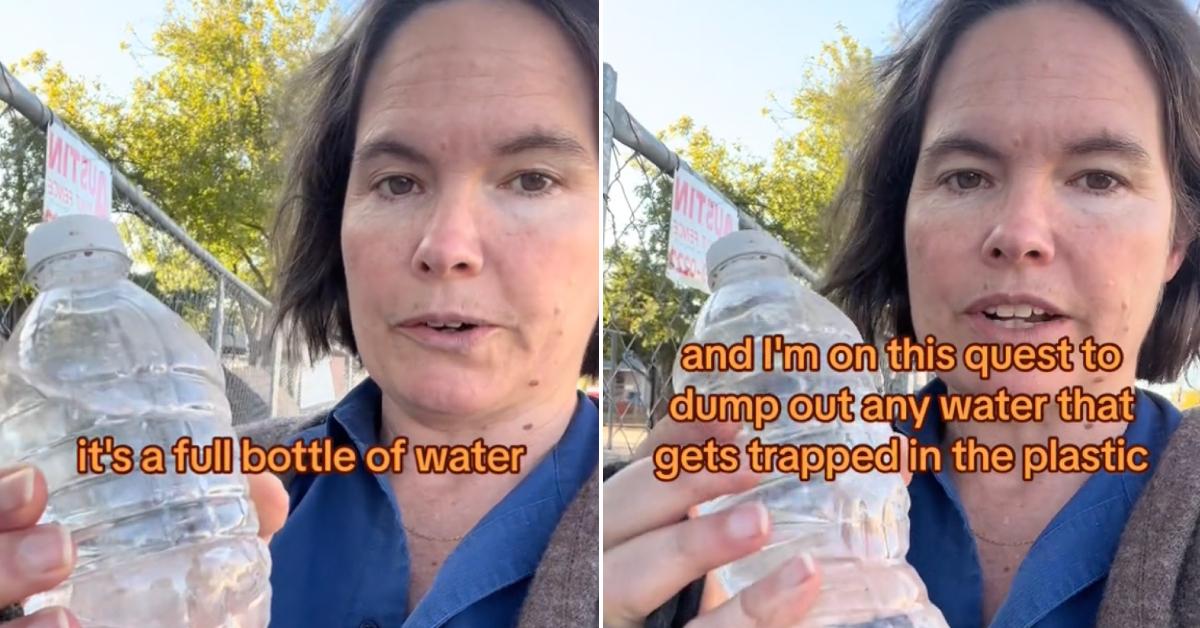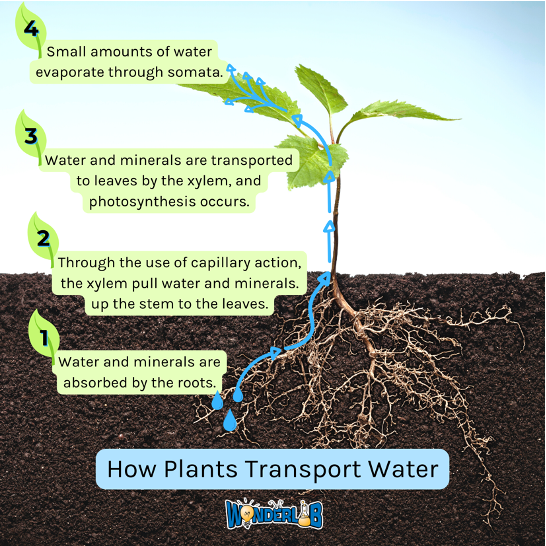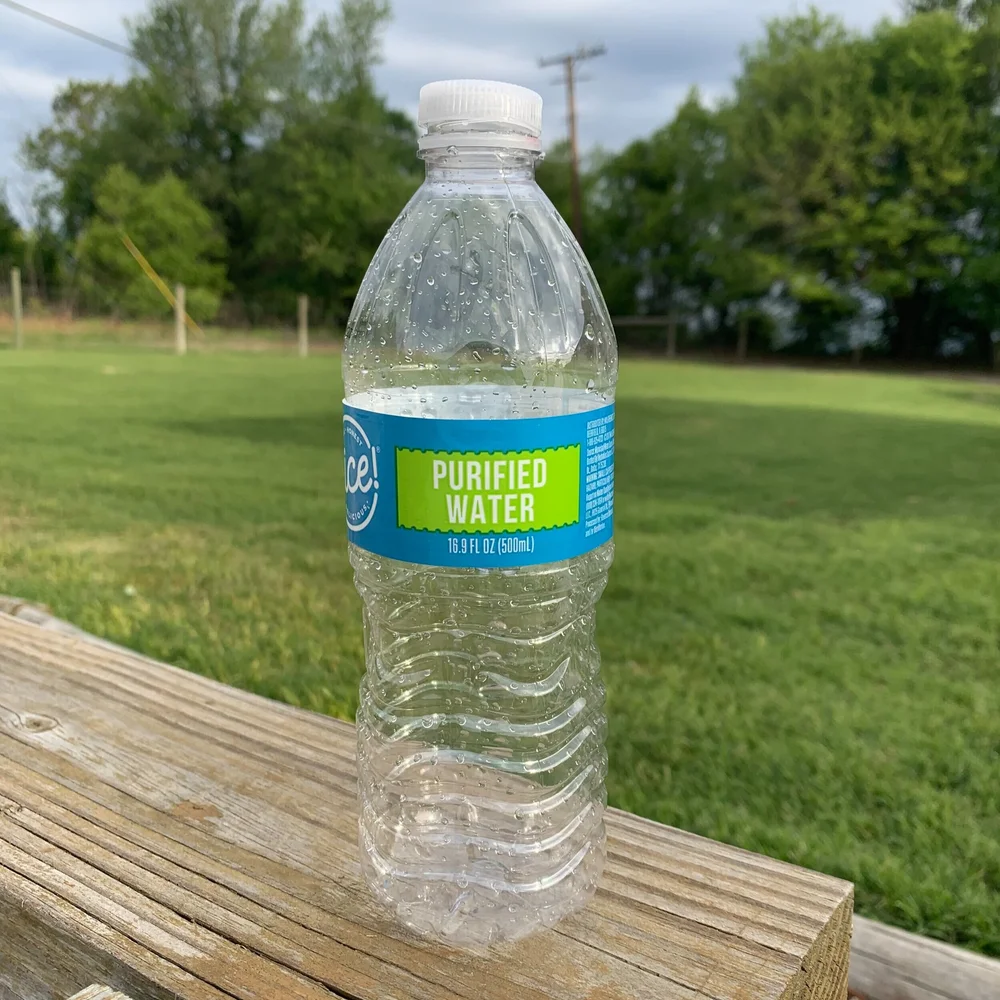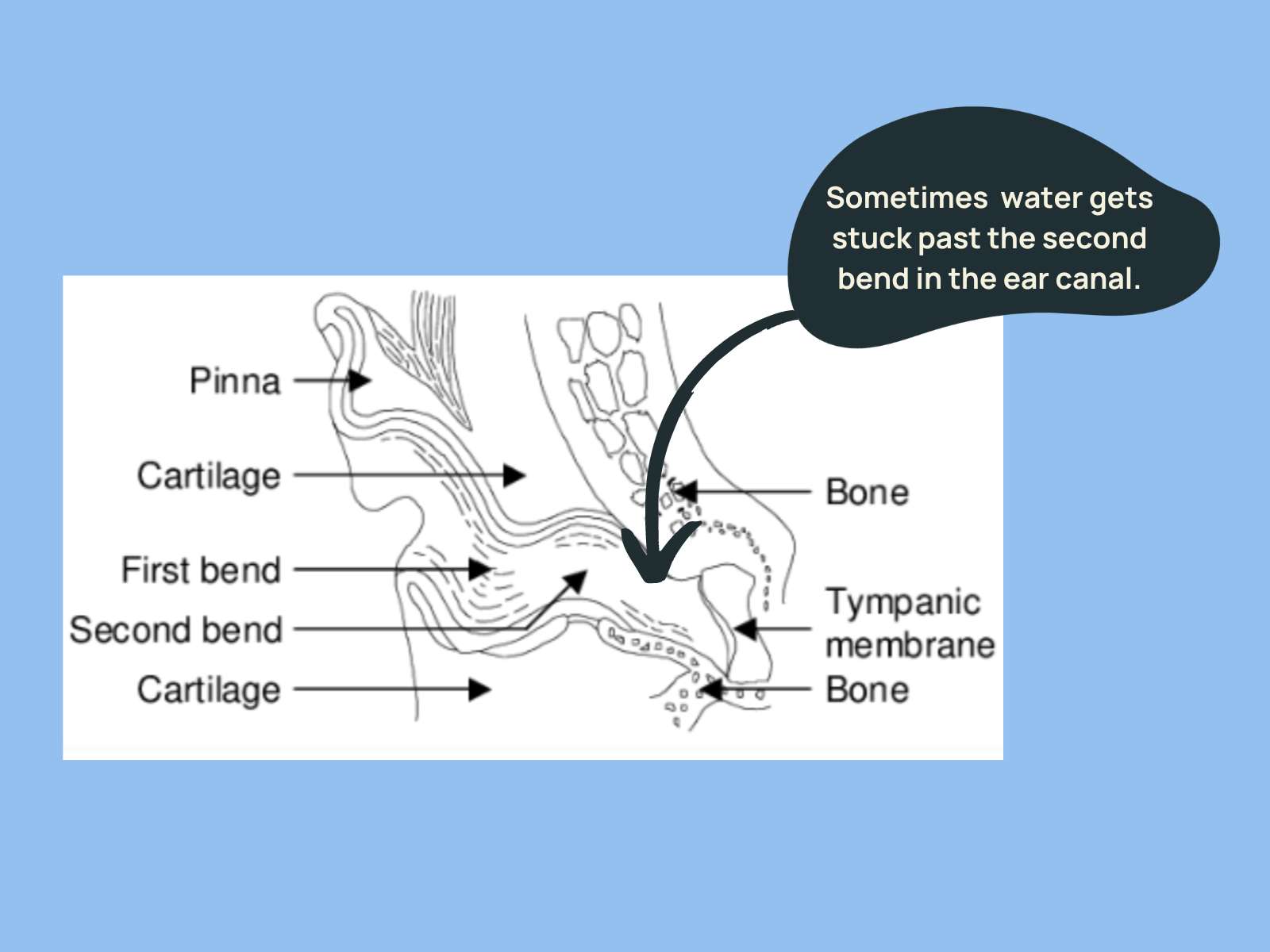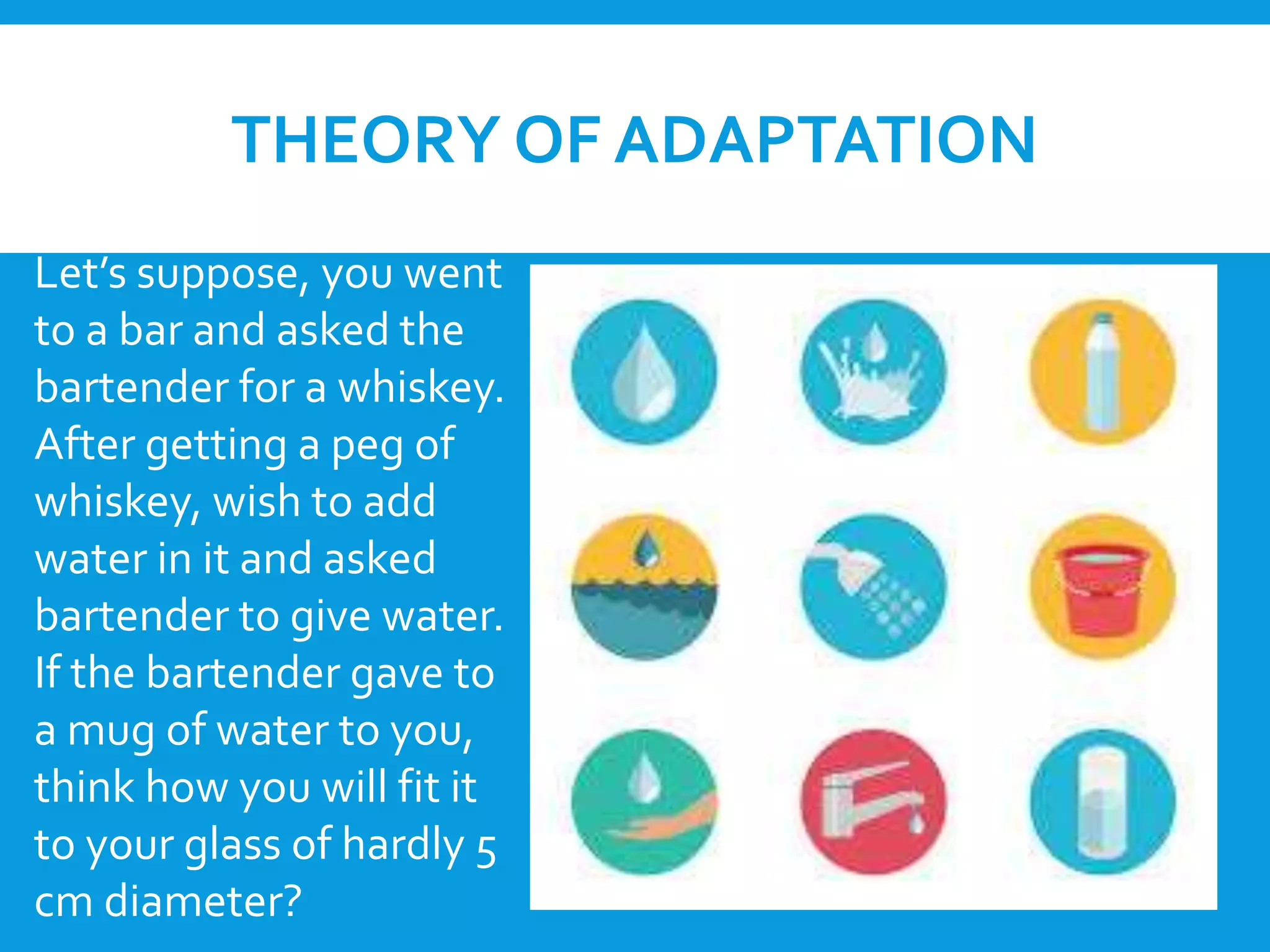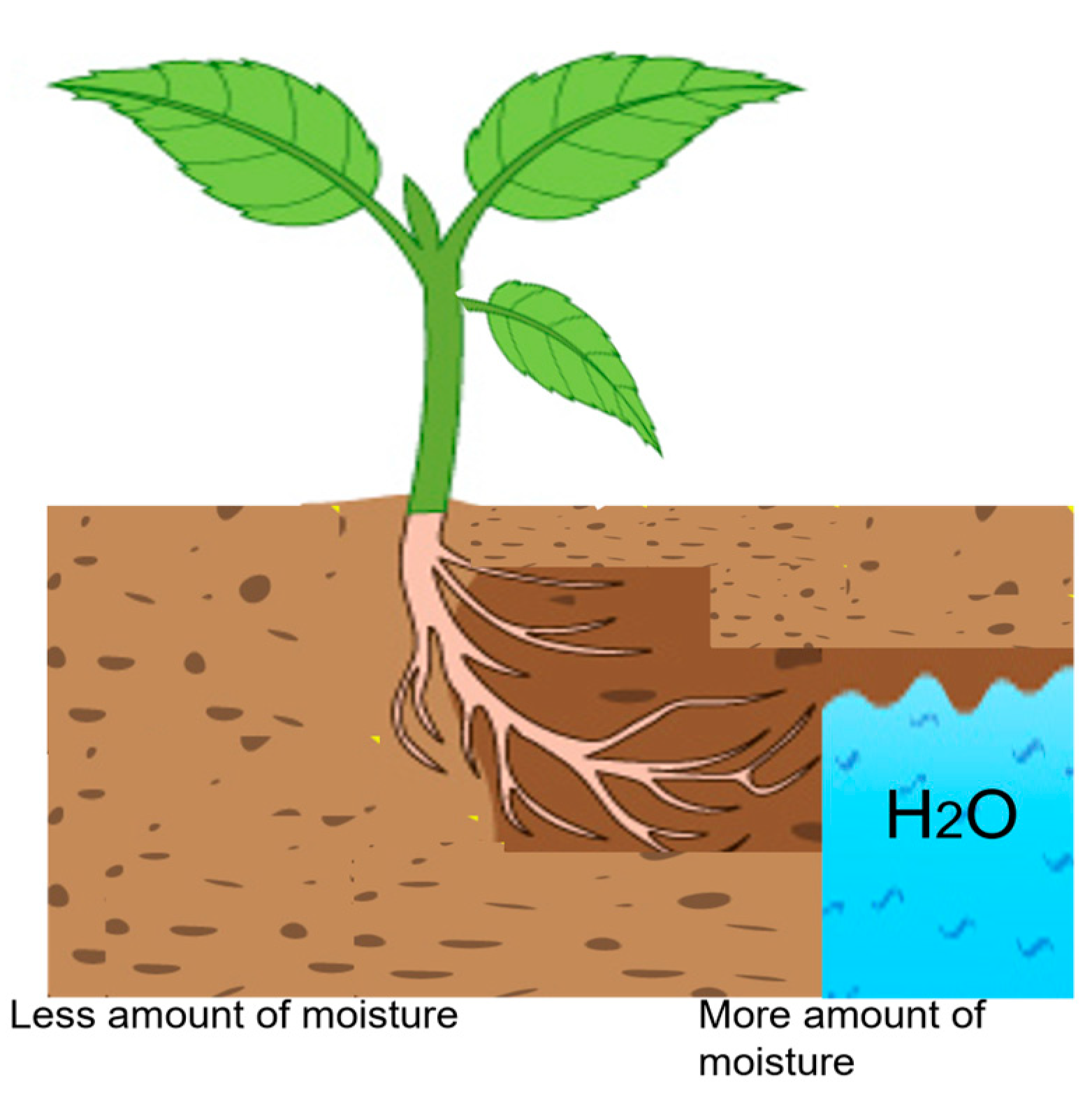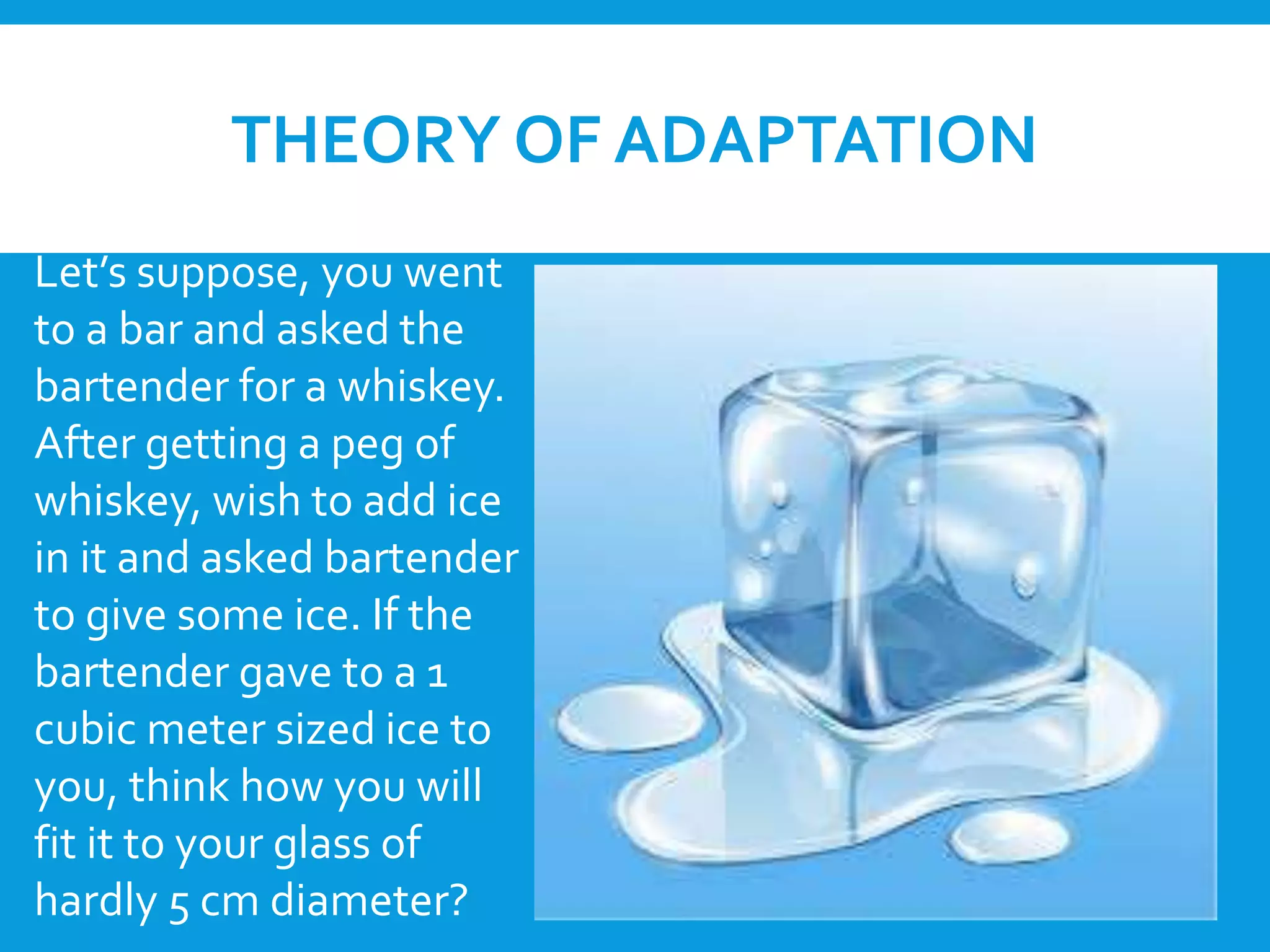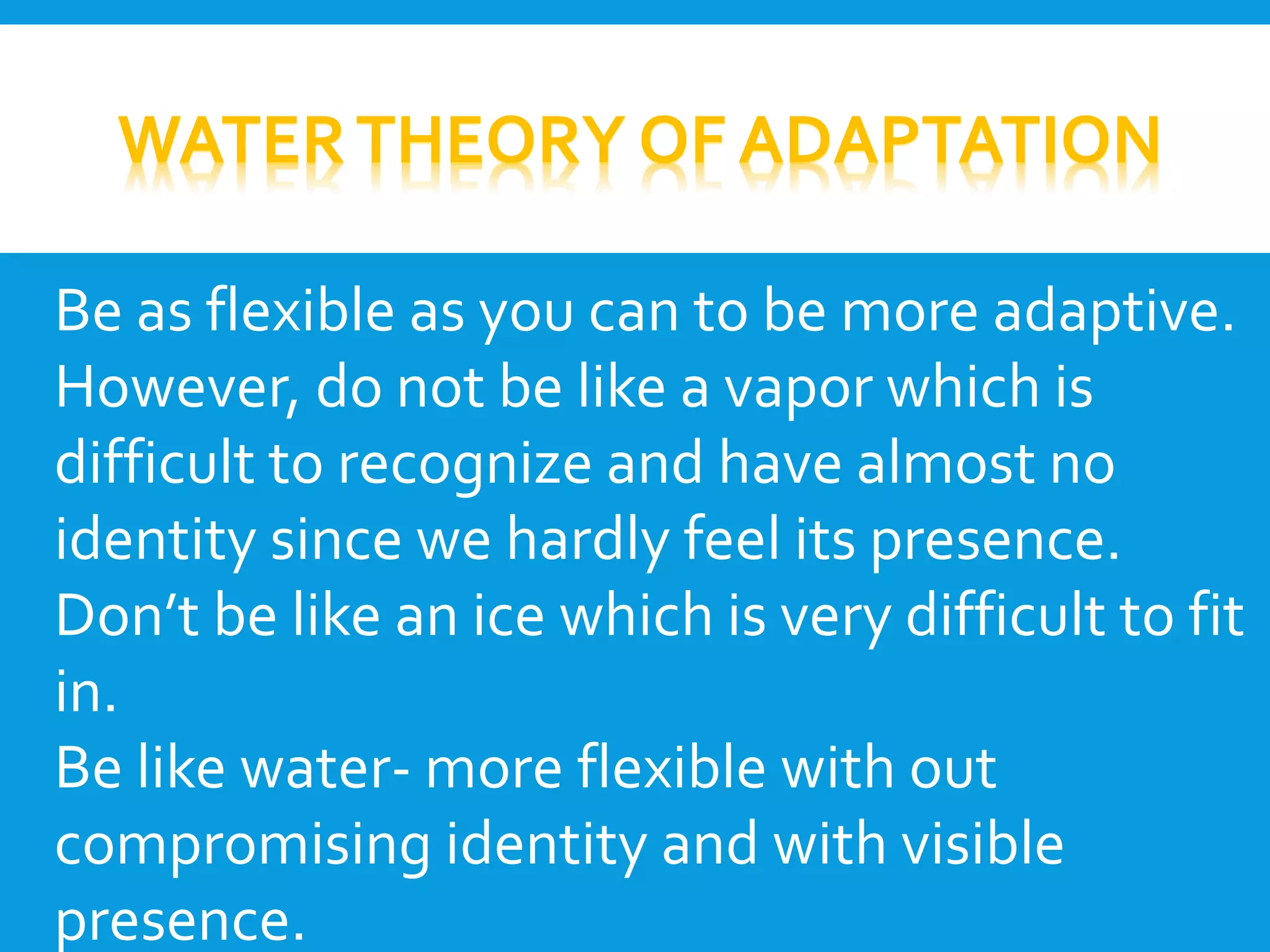What Is The Trapped Water Theory
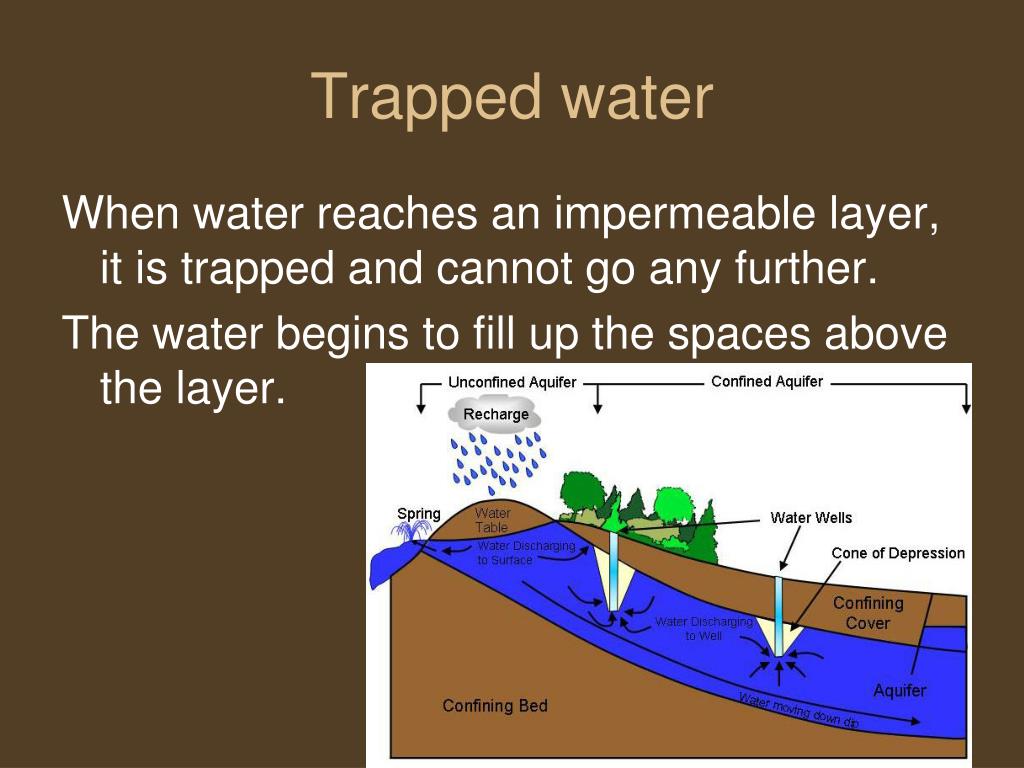
Urgent warnings are circulating among climate scientists regarding a phenomenon known as the Trapped Water Theory. This theory posits that significant quantities of liquid water, previously locked within warming Arctic permafrost and subglacial environments, are being released at an accelerating rate, potentially destabilizing coastlines and impacting global sea levels.
The release of this previously trapped water, the focus of the Trapped Water Theory, poses several immediate threats. These range from accelerating coastal erosion to potentially altering ocean salinity and disrupting marine ecosystems. Understanding and mitigating its effects is now a critical area of climate research.
The Core of the Theory
The Trapped Water Theory centers on the vast reservoirs of water contained within two primary sources: thawing Arctic permafrost and subglacial aquatic systems (SAS) beneath glaciers and ice sheets. These water sources were previously frozen or isolated.
As global temperatures rise, permafrost, which acts like a natural freezer, is thawing at an alarming rate. This releases not only methane, a potent greenhouse gas, but also substantial amounts of liquid water that was previously frozen solid.
Simultaneously, the warming ocean waters are contributing to the melting of glaciers and ice sheets from below. This process leads to the expansion of subglacial aquatic systems and, eventually, the discharge of meltwater into the ocean.
Permafrost Thaw: A Major Source
Arctic permafrost covers approximately 24% of the land surface in the Northern Hemisphere. Scientists estimate it contains almost twice as much carbon as is currently in the atmosphere.
Research, including a 2023 report by the National Oceanic and Atmospheric Administration (NOAA), confirms that permafrost is thawing at an unprecedented rate. This thawing releases not only carbon but also significant amounts of trapped water, estimated to be in the hundreds of cubic kilometers.
The consequences of this water release are multifaceted, contributing to ground subsidence, coastal erosion, and the formation of thermokarst lakes. These lakes further accelerate permafrost thaw, creating a dangerous feedback loop.
Subglacial Aquatic Systems: Hidden Reservoirs
Subglacial aquatic systems (SAS) are networks of lakes, rivers, and wetlands located beneath glaciers and ice sheets, notably in Greenland and Antarctica. These systems are increasingly recognized as important components of the cryosphere.
Studies, including those published in Nature Geoscience, indicate that warming ocean waters are increasing the melt rate at the base of glaciers. This leads to the expansion of SAS and the eventual discharge of meltwater into the ocean.
The impact of this meltwater on ocean salinity and circulation patterns is still being investigated. However, there are concerns that large-scale freshwater input could disrupt ocean currents and impact global climate patterns.
Coastal Impacts and Sea Level Rise
The most immediate and visible consequence of the Trapped Water Theory is the acceleration of coastal erosion. The release of permafrost thaw water weakens coastal landforms.
This process is exacerbated by rising sea levels, making coastal communities particularly vulnerable. A 2024 report from the Intergovernmental Panel on Climate Change (IPCC) highlights the increased risk of coastal flooding and displacement due to sea level rise.
Furthermore, the addition of meltwater from both permafrost and subglacial sources contributes directly to global sea level rise. While the exact contribution is still being quantified, it is increasingly recognized as a significant factor.
Who is Affected?
The Trapped Water Theory has implications for populations around the globe. Coastal communities in the Arctic, Alaska, Canada, Russia, and Greenland are immediately at risk.
These communities face threats ranging from increased flooding and erosion to the loss of traditional livelihoods. The long-term consequences of sea level rise will affect coastal populations worldwide.
The entire global community is affected by the potential disruption of ocean currents and climate patterns. Mitigation efforts require international cooperation.
What is Being Done?
Scientists are actively researching the Trapped Water Theory. Ongoing research includes monitoring permafrost thaw rates, measuring meltwater discharge from glaciers, and modeling the impact of freshwater input on ocean circulation.
International collaborations are essential for collecting data and sharing research findings. Organizations such as the Arctic Monitoring and Assessment Programme (AMAP) play a critical role in coordinating research efforts.
Mitigation strategies are also being explored. These include reducing greenhouse gas emissions to slow down the rate of warming and implementing coastal protection measures to protect vulnerable communities.
Next Steps and Ongoing Developments
Continued research is crucial to refine our understanding of the Trapped Water Theory. More precise estimates of the amount of trapped water and its potential impact are needed.
Improved climate models are essential to accurately predict the consequences of the theory. These models need to account for the complex interactions between permafrost thaw, glacial melt, and ocean circulation.
Immediate action to reduce greenhouse gas emissions is necessary to mitigate the worst effects of the Trapped Water Theory. Failure to act will result in more rapid thawing and more severe coastal impacts.


